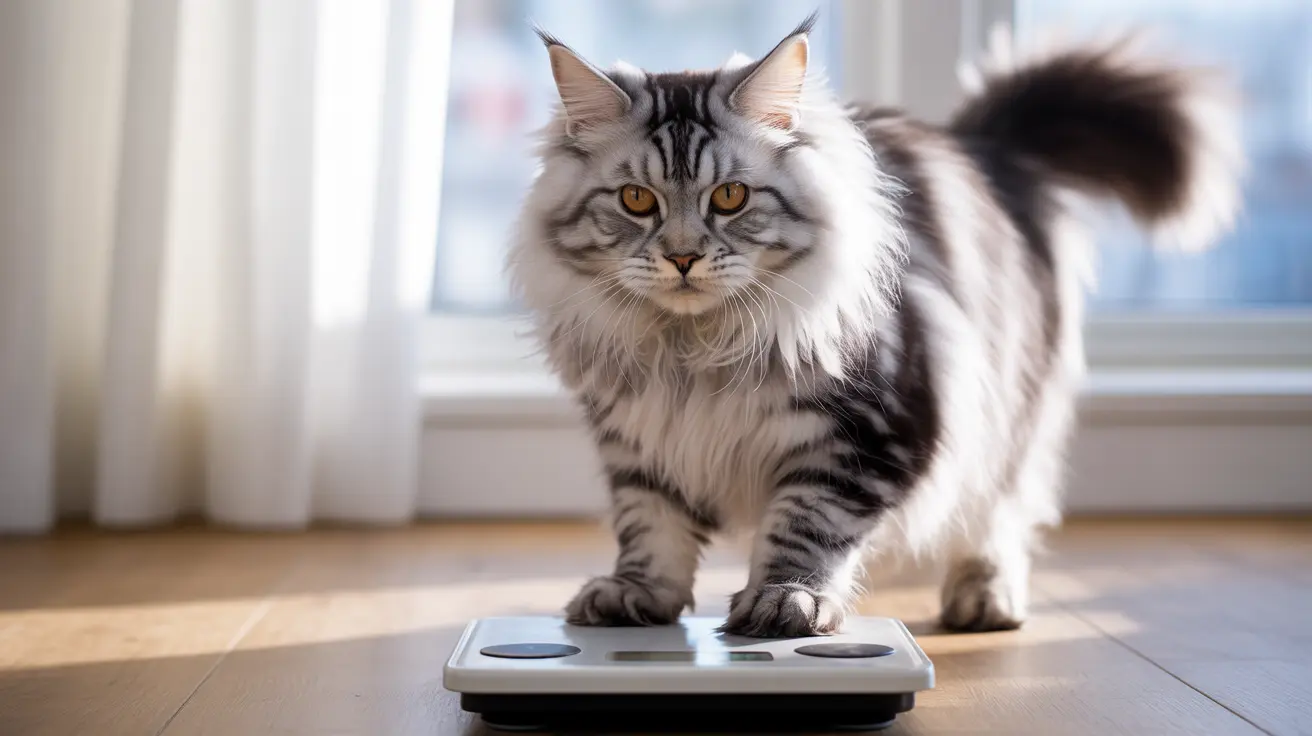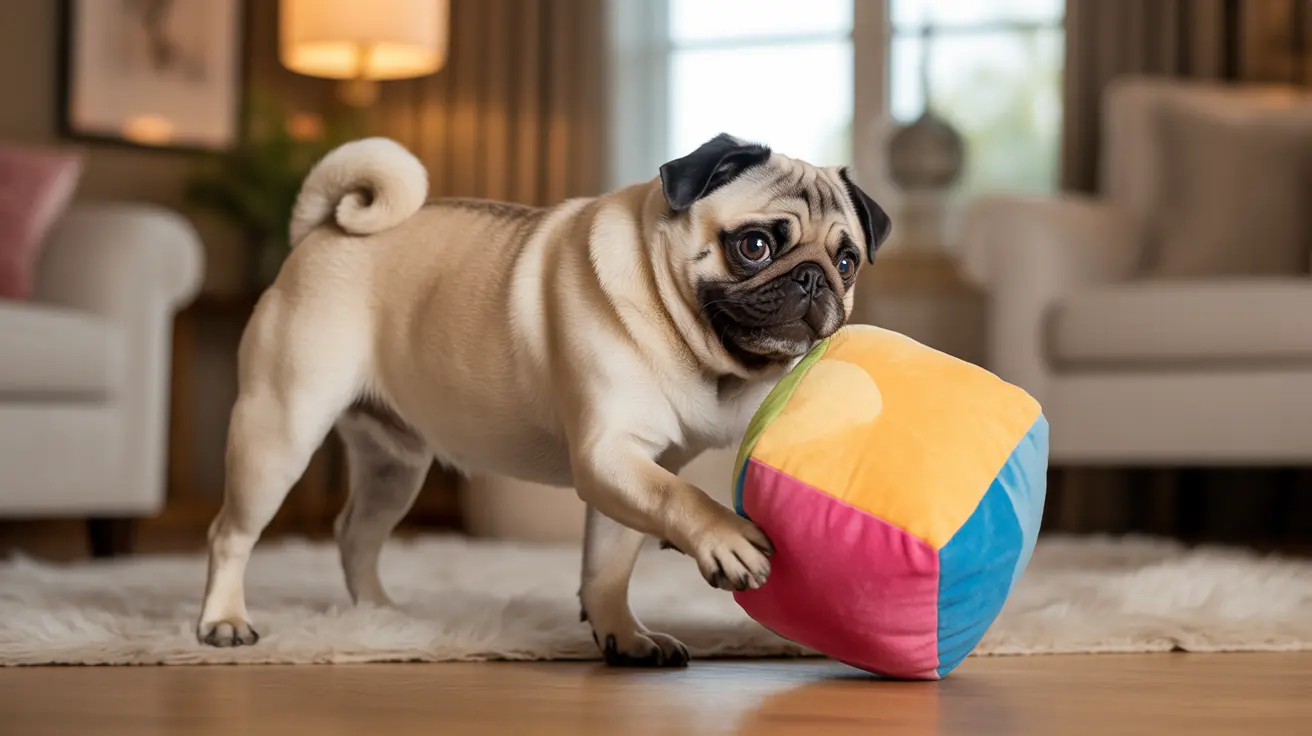Why Do Some Dogs Sit on Their Owners?
Many dog owners can attest to the amusing and affectionate habit of their furry companions sitting on them. But do all dogs sit on their owners? The straightforward answer is: no, not all dogs do. However, many dogs do, and this behavior stems from a mixture of instinct, emotional bonding, and learned habits.
1. Emotional Bonding and Comfort
Physical closeness to their owners can provide dogs with a sense of safety, comfort, and warmth. Dogs are pack animals by nature, and pups often sleep in heaps with their littermates and mother. This closeness becomes a source of reassurance and is often carried into adulthood. Sitting on you can be a dog’s way of seeking comfort, particularly during periods of stress, anxiety, or fear—such as thunderstorms or fireworks.
2. Expression of Affection
Sitting on their owners is also a way for dogs to express love and strengthen their bond. Many dog breeds, especially lap dogs like Chihuahuas and Pugs, crave physical contact. Even larger breeds like Golden Retrievers or Great Danes may feel compelled to sit on you simply to be nearer. This contact enhances the canine-human bond.
3. Learned Behavior
Dogs are quick learners. If sitting on you leads to petting, cuddles, or treats, they learn to associate the action with a positive outcome. This form of positive reinforcement can make sitting on you a habitual behavior that the dog continues for your response.
4. Scent Marking and Territorial Behavior
Dogs have scent glands on various parts of their bodies. Sitting on you helps them spread their scent, subtly marking you as “theirs.” This is particularly common if you have other pets or if a new animal enters the home. Some dogs may even guard you from others as part of a resource-guarding instinct.
5. Separation Anxiety
Dogs suffering from separation anxiety often seek constant physical contact with their owners. Sitting on your feet, lap, or climbing onto your body is a way for them to self-soothe. Signs of anxiety include excessive panting, drooling, or destructive behavior when you're preparing to leave.
6. Breed-Specific Traits
Certain breeds are more predisposed to seeking closeness. Dogs like Bernese Mountain Dogs and Vizslas are known as “Velcro dogs”, closely following their humans and seeking body-to-body comfort. Breed tendencies play a significant role in whether a dog prefers sitting on its owner.
7. Temperature Regulation
Your dog may be using you to stay warm or even to cool off, depending on their coat and environment. Smaller breeds or dogs with short fur may be more inclined to snuggle for warmth, while others enjoy the calming effect of body contact.
8. Dominance or Assertion
In rarer cases, sitting on an owner or another pet can be a dominance display. If it’s accompanied by growling, barking, or resource guarding, it may be a signal that the dog views itself as asserting status. This behavior can be managed with training or consultation with a behaviorist.
9. Initiating Play or Seeking Attention
A dog sitting on you might just be asking for interaction. If your dog sits on your lap when you're on the floor or makes repeated motions to climb on you, it could be seeking a game or more attention.
10. Health and Sudden Behavioral Change
If your dog suddenly starts sitting on you more than usual, it could indicate underlying health issues or discomfort. Dogs may cling more when they are in pain or feeling unwell. A visit to the veterinarian can help rule out medical causes.
Not All Dogs Display This Behavior
It’s important to emphasize that not all dogs sit on their owners. Temperament, upbringing, health, and breed all influence this behavior. Independent dogs or those not reinforced during earlier life stages may prefer maintaining a little space.
Training Alternatives
For those who do not prefer their dog sitting on them for reasons such as size, discomfort, or allergies, the behavior can be redirected. Consider the following training steps:
- Create a specific spot like a dog bed or a mat where your dog is rewarded for sitting.
- Use commands like “place” during lap-sitting attempts, rewarding compliance.
- Be consistent with boundaries and do not unintentionally reward undesired sitting.
Conclusion
Whether or not a dog sits on their owner, the underlying motivations often have to do with affection, security, attention-seeking, or learned responses. Understanding your dog's unique personality, breed tendencies, and emotional needs can help you interpret the behavior correctly. If the sitting becomes excessive or problematic, behavioral adjustments and veterinary consultation can provide effective solutions.





